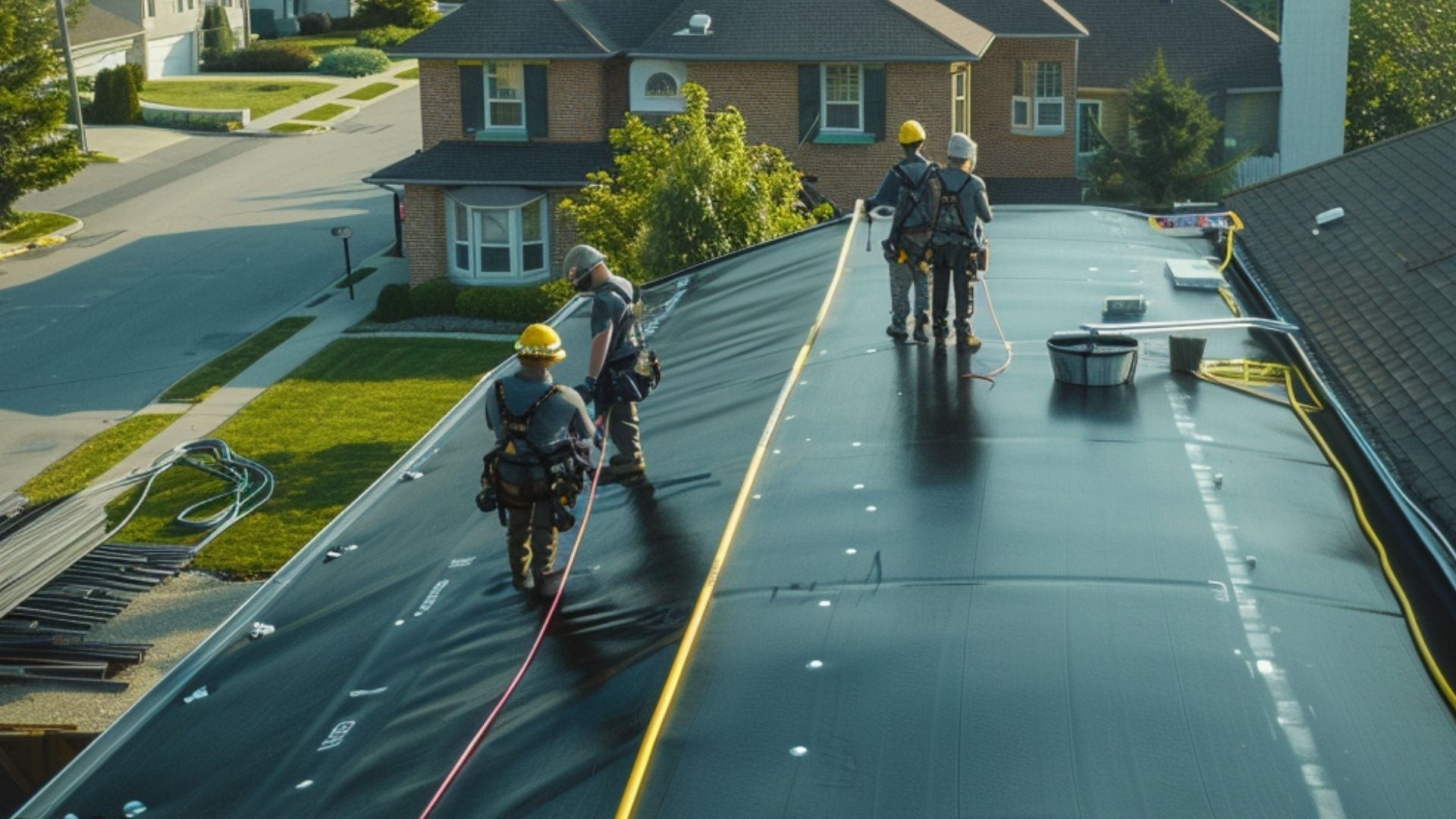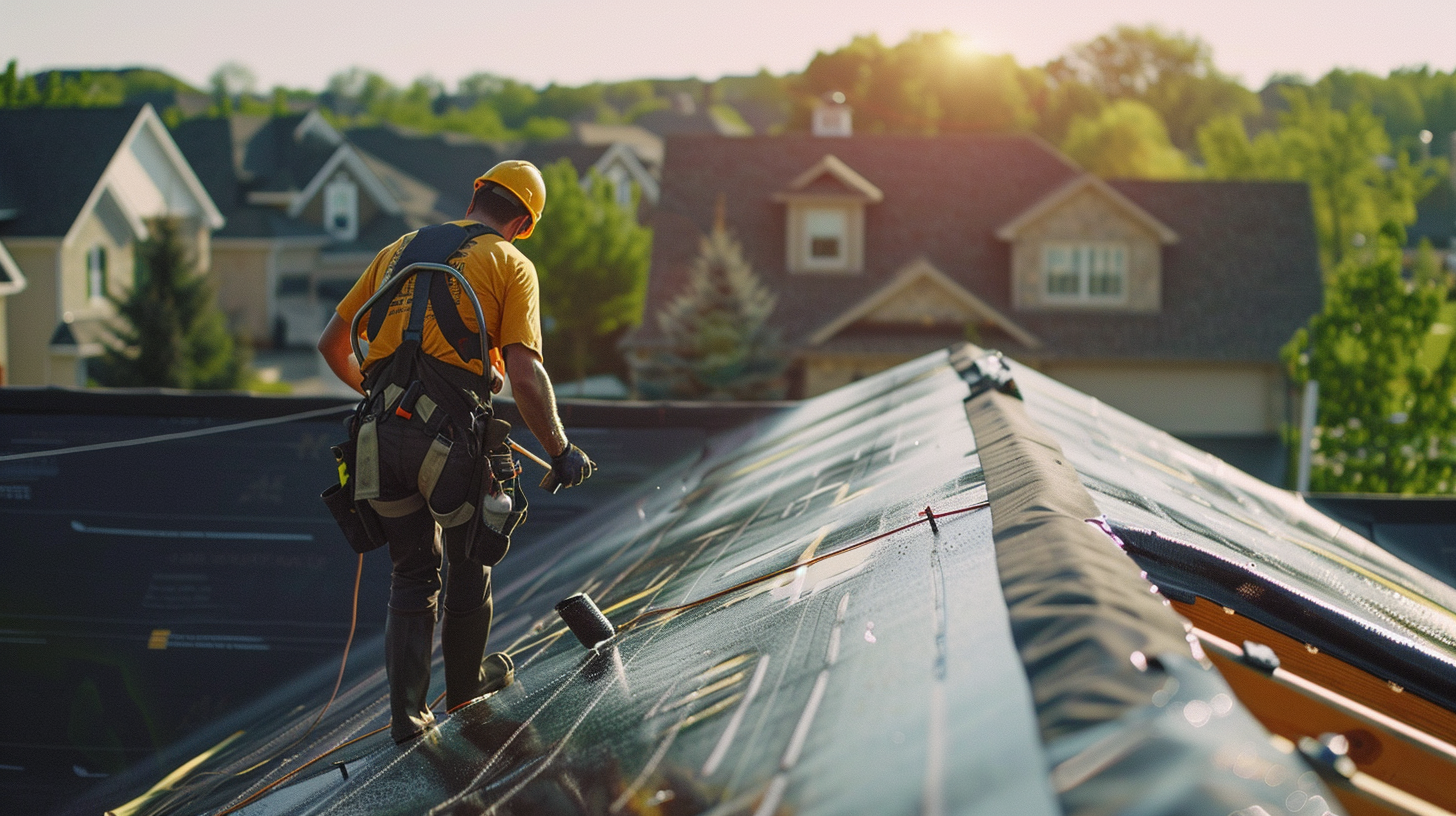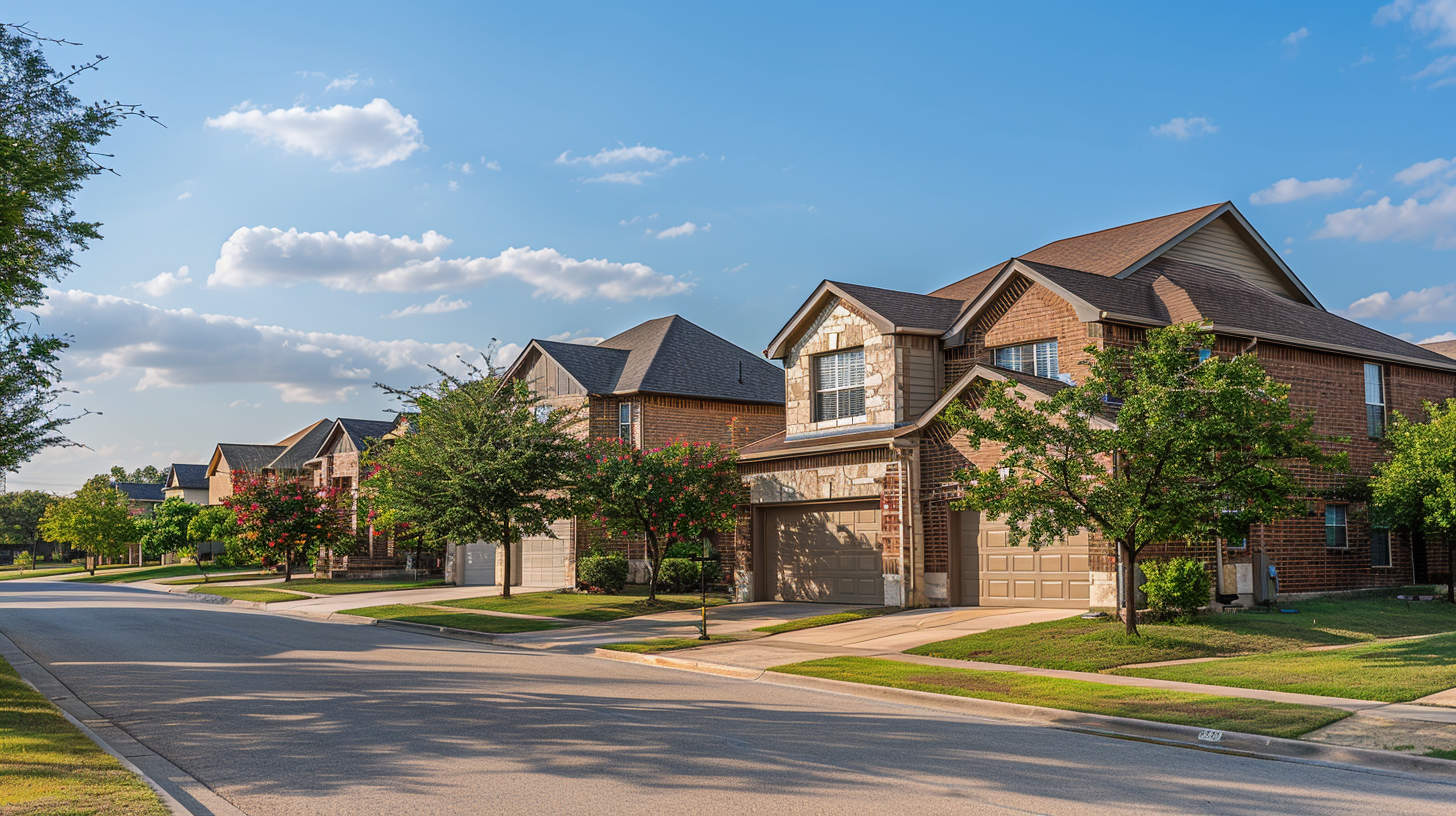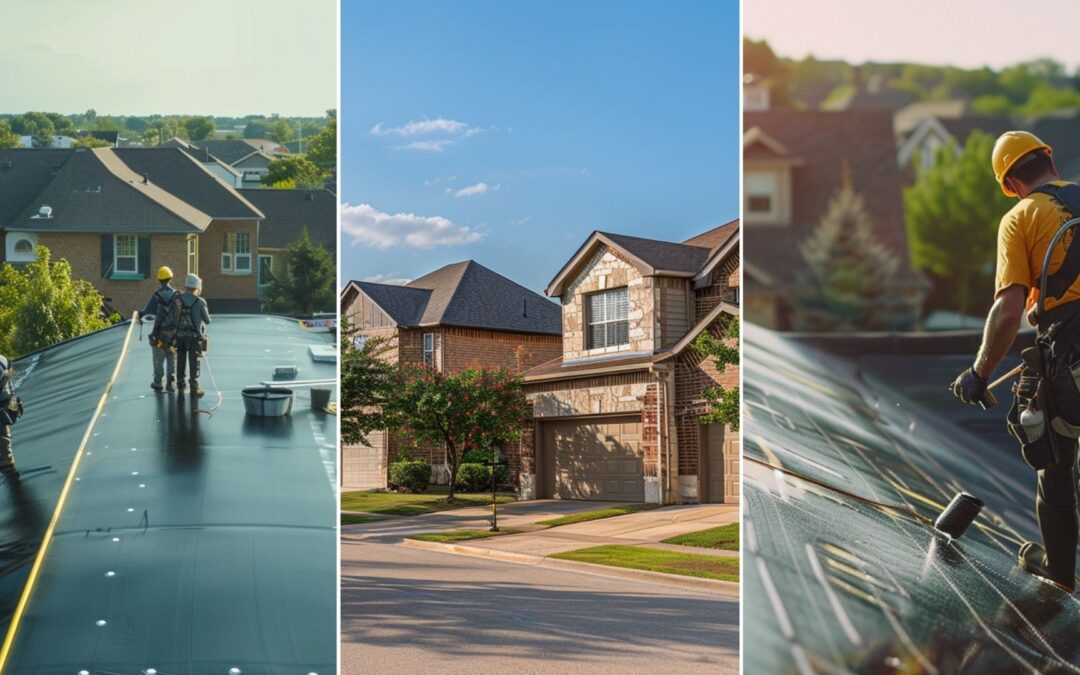The Role of Roof Underlayment
Importance of Roof Underlayment in the Roofing System
Protection against water infiltration: One of the primary functions of roof underlayment is to provide a waterproof barrier. By preventing water from infiltrating the roof deck, underlayment helps to protect the structure of the roof and the entire building. Roof underlayment acts as a secondary line of defense against leaks and water damage, providing added protection during heavy rain or in case of shingle or tile damage. For low-slope roofs, synthetic roof underlayment is particularly effective in preventing water infiltration.
Enhanced durability and longevity: Roof underlayment can significantly extend the lifespan of a roofing system. It acts as a buffer against the elements to prevent the premature aging and deterioration of the roofing material. Underlayment also distributes the weight and stress evenly across the roof, reducing the risk of structural damage and ensuring long-term durability. Proper underlayment also effectively meets the performance requirements of asphalt shingles.
Improved energy efficiency: Roof underlayment is an additional insulation layer that enhances a building’s energy efficiency. It helps to reduce heat transfer and maintain temperature balance, resulting in lower energy consumption and reduced heating and cooling costs. Underlayment can create a more comfortable living environment and improve overall energy performance by minimizing thermal bridging. Following overlap guides during installation ensures the effectiveness of the underlayment in providing insulation.
Additionally, roof underlayment comes in standard weights and is designed to meet specific performance requirements. Applying over-roof sheathing further enhances the roofing system’s protective capabilities.

Roof Underlayment - Types of Roof Underlayment - Sky Roofing Construction & Remodeling
Types of Roof Underlayment
1. Asphalt-saturated felt underlayment: Asphalt-saturated felt underlayment is one of the most common types used in roofing projects. It comprises a layer of asphalt-saturated cellulose fibers and is reinforced with fiberglass or polyester. This underlayment offers excellent waterproofing properties and acts as a barrier against moisture. It also provides additional protection against wind-driven rain and ice dams.
2. Synthetic underlayment: Synthetic underlayment, often made from polypropylene or other synthetic materials, has gained popularity recently due to its superior performance. This underlayment offers enhanced durability and resistance to tearing, making it easier to handle during installation. Synthetic underlayment is also highly water-resistant and helps prevent leaks while allowing for efficient ventilation. Additionally, it is lightweight, reducing the strain on the roof structure.
3. Rubberized asphalt underlayment: Rubberized asphalt underlayment combines the benefits of asphalt and synthetic materials. It consists of modified asphalt with added rubber polymers for enhanced elasticity and durability. This underlayment offers superior protection against water infiltration, making it an excellent choice for areas prone to heavy rainfall or snow. It also provides added fire resistance and excellent adhesion to the roof deck.

Roof Underlayment - Synthetic Underlayment - Sky Roofing Construction & Remodeling
Synthetic Underlayment
The durability of synthetic underlayment ensures it can withstand harsh weather conditions and resist tearing or damage. Furthermore, synthetic underlayment offers excellent water protection, preventing leaks and potential moisture damage. Its UV protection protects against sun damage, prolonging the roof’s lifespan. As a secondary layer, it provides additional security, complementing other roofing products.
Despite being one of the more expensive types of underlayment, synthetic underlayment’s benefits, such as its resistant surface and extended lifespan, make it a worthwhile investment. Overall, synthetic underlayment is a versatile and practical choice for ensuring a robust and durable roofing system.

Roof Underlayment - Advantages of Synthetic Underlayment - Sky Roofing Construction & Remodeling
Advantages of Synthetic Underlayment
1. Enhanced Durability: Synthetic underlayment is engineered to withstand the harshest weather conditions. Unlike traditional felt underlayment, which can tear or degrade over time, synthetic underlayment is designed to be highly durable and resistant to tears, punctures, and UV damage. This superior durability ensures the roof remains protected throughout its lifespan, reducing the need for frequent repairs or replacement.
2. Improved Water Resistance: Another significant advantage of synthetic underlayment is its superior water resistance. Made from advanced materials such as polypropylene or polyester, synthetic underlayment offers enhanced moisture protection, preventing water from penetrating through the roof deck. This helps prevent leaks, mold growth, and damage to the underlying structure, ultimately prolonging the roof system’s lifespan.
3. Ease of Installation: Compared to traditional felt underlayment, synthetic underlayment is easier to install. It is lightweight and more flexible, allowing for quick and efficient installation. Some synthetic underlayment products also feature preprinted guidelines or markings, making it easier for contractors to correctly align and secure the underlayment. The ease of installation saves time and labor costs, making it a favorable choice for roofing professionals.
Asphalt Roofing Felt
Additionally, its composition helps to prevent leaks, improve insulation, and reduce energy costs. Asphalt roofing felt offers walkability for roofers, making it a secure walking surface during installation and maintenance. This underlayment option suits various roofing projects, including lightweight projects and those requiring a watertight seal. Asphalt roofing felt can be used with different types of shingles, including tile shingles, and is compatible with synthetic roofing underlayments and rubberized underlayments. The upper surface of the felt provides additional protection, ensuring a durable and resilient roofing system.
Due to these benefits, asphalt roofing felt is a wise investment for any roofing project. It offers design inspiration and practical advantages for contractors and homeowners alike. Whether installed over wood or other roof decking types, its versatility and effectiveness make it a popular choice in the roofing industry.
Traditional Tar Paper Underlayment
Water Resistance and Durability
Rubberized Asphalt Underlayment
Benefits of Rubberized Asphalt Underlayment
1. Superior Water Resistance: Rubberized asphalt underlayment offers excellent water resistance, providing additional protection against moisture infiltration. This is particularly important in areas with high rainfall or harsh weather conditions, as it helps prevent leaks and potential damage to the roof structure.
2. Enhanced Durability: One of the main advantages of rubberized asphalt underlayment is its exceptional durability. Its rubberized composition allows it to withstand extreme temperatures and fluctuations, making it resistant to cracking and deterioration. This longevity ensures that the underlayment remains intact and performs its critical function throughout the roof’s lifespan.
3. Noise Reduction: Besides its protective qualities, rubberized asphalt underlayment offers sound insulation benefits. It effectively absorbs and reduces noise transmission, providing a quieter indoor environment. This can be particularly beneficial for buildings located in busy areas or areas prone to excessive noise, enhancing the comfort and livability of the space underneath the roof.
4. Ease of Installation: Rubberized asphalt underlayment is known for its ease of installation. It is typically available in large rolls that can be quickly and efficiently applied, streamlining the roofing process and saving time and labor costs.
Waterproof Seal and Protection Against Extreme Temperatures
Waterproof Seal: Roof underlayment offers a crucial seal that prevents water infiltration and damage to the roof structure. Underlayment is a secondary barrier between the roof covering and the roof deck during heavy rainfall or storms, ensuring water does not penetrate the roof system. This helps prevent costly leaks, roof deck rotting, and building interior damage. By effectively keeping water out, roof underlayment significantly prolongs the roof’s lifespan, ensuring long-term durability.
Protection Against Extreme Temperatures: Besides its waterproofing capabilities, roof underlayment provides insulation against extreme temperatures. It acts as a thermal barrier, reducing heat transfer between the roof covering and the building’s interior. During hot summer, underlayment helps reflect solar heat, reducing the burden on the cooling system and providing energy efficiency. Similarly, it helps insulate the roof during cold winters, preventing heat loss and ensuring comfortable indoor temperatures. By providing optimal temperature regulation, roof underlayment not only enhances the building’s energy efficiency but also promotes the comfort and well-being of its occupants.
Miami-Dade County Product Control Approved Underlayments
Importance of Using Approved Underlayments in High-risk Areas
Conversely, the benefits of using high-quality underlayments are numerous. They provide enhanced protection against wind-driven rain, reducing the risk of water infiltration and associated damages. Additionally, approved underlayments can contribute to a prolonged roof lifespan, saving homeowners from frequent repairs or early replacements. In high-risk areas, where weather elements can be severe, approved underlayments are essential to ensure the durability and longevity of roofs.
Ensure Your Roof’s Longevity with Quality Underlayment
Roof underlayment is crucial for ensuring the durability, energy efficiency, and protection of your roofing system. By understanding its importance and various types, you can make informed decisions for your roofing needs. Contact Sky Roofing Construction & Remodeling (https://skyroofingconstructiontx.com) at (210) 942-9797 to schedule a quality roofing installation and experience the benefits of a well-protected roof. Let our expertise guide you in selecting the best roofing solutions for your home.
Arthur McCain is a dedicated contributor to Sky Roofing Construction & Remodeling, focusing on the latest roofing materials and innovative construction techniques. With a background in architectural design, Arthur brings a deep understanding of how modern materials can enhance both the durability and aesthetic appeal of roofing projects. His articles offer readers cutting-edge insights into selecting the best materials for their homes.

